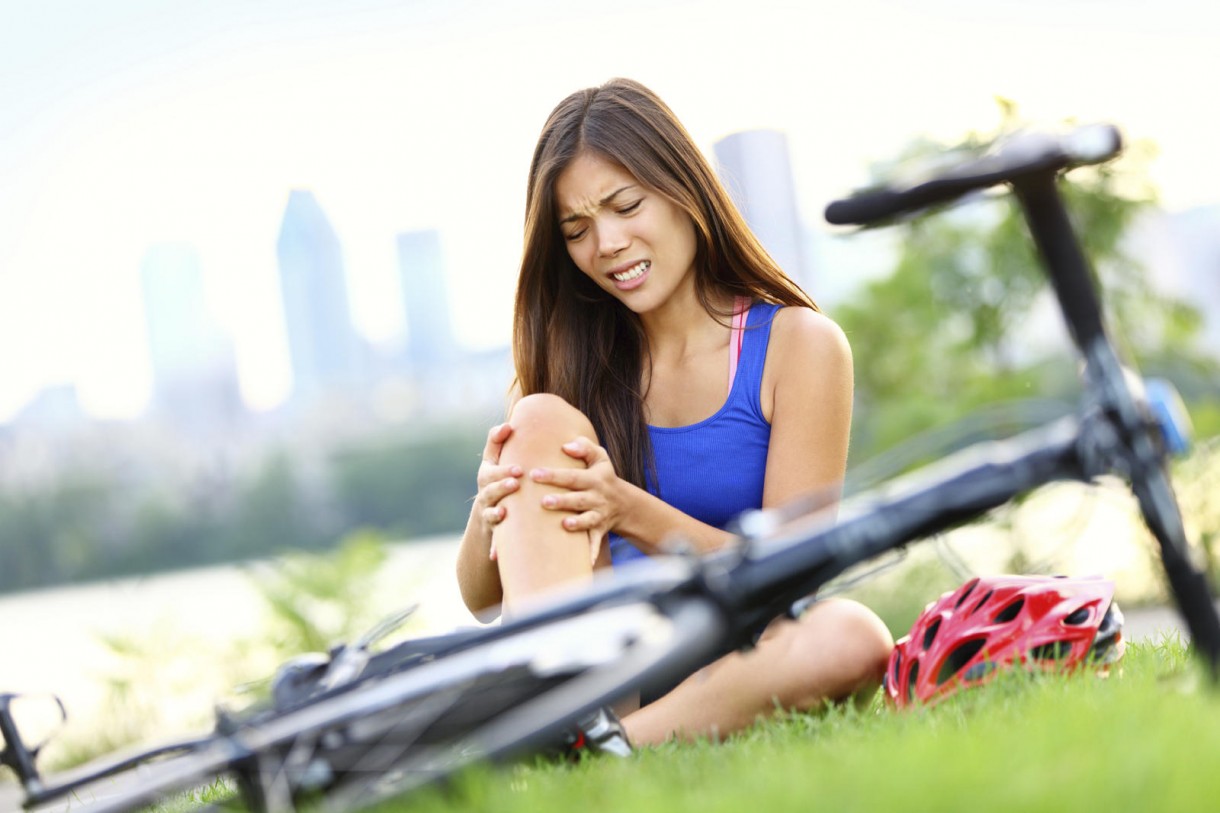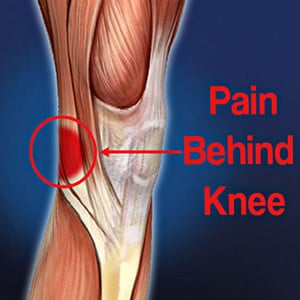

Targeted stretches for the IT band can help relieve tension in the IT band itself as well as in its surrounding tissue.

Physical therapy exercises and stretches can be a great way to relieve tension and heal faster. However, taking an active approach to your treatment plan can also help you feel less pain. If you’re an athlete, you should consider taking a break from training and practice until the IT band has a chance to heal. Resting can help your knee heal and encourage your hip into alignment. How can you treat hip and knee pain at the outside of your leg?ĭealing with pain that radiates from your knee to your hip along the outside of your leg doesn’t have to be part of your daily routine. You can avoid IT band syndrome symptoms by warming up properly before exercise, wearing comfortable and supportive shoes, and using correct form when exercising. This stress can lead to overstretching, increased tension and pain. When your quadriceps are weak, more strain and weight is placed on the IT band. Your quadriceps help your knee move and give it support. You can also experience IT band syndrome symptoms if you have weak quadriceps, which are the muscles located at the front of your thighs. In fact, just a slight length difference could put enough strain on the IT band to make walking painful. Additionally, IT band syndrome is more common for people whose legs are different lengths. This is because inactivity can restrict blood flow to your leg and lead to the inflammation of your IT band. You can also develop IT band syndrome if you sit for long periods of time. Runners are more likely to develop IT band syndrome because of their constant repetitive movements. Pain that radiates from your knee to your hip, especially when moving or stretching.Feeling a snap or pop after moving your knee.

Symptoms of IT band syndrome can include: What are common symptoms of IT band syndrome? However, you can further inflame your IT band at the side of your hip, making you feel hip pain as well as knee pain along the outside of your leg. While dealing with knee pain, you may overrely on other joints - especially your hips - to bear your body weight. This friction can alter the way you carry yourself when you walk. Your IT band can become tight and irritated after repetitive movements, leading it to swell and rub against other tissue when you bend your knee. IT band syndrome is a common knee injury caused by overuse. As a result of this placement, IT band inflammation can be a likely cause of hip to knee pain on the outside of your leg. On its way from your hip to your knee, it presses against the outside of the thigh and skirts along the outside of your knee. The IT band is a long piece of connective tissue in your leg, and it runs from the side of your pelvis all the way to your shinbone. Physical therapists can help you find a treatment plan that eases inflammation in your IT band. Knowing what causes IT band syndrome can help you take steps to begin your treatment quickly, which may include going to physical therapy. This condition can cause pain to radiate pain from your hip to your knee along the outside of your leg, but it can also cause several other symptoms, too. For example, hip and knee pain that is concentrated on the outside of your leg is most often linked to IT band syndrome. Knowing the location of your pain can help medical experts determine its cause. Your pain’s location can help pinpoint its cause In fact, the location of your hip to knee pain indicates that you may have a condition called iliotibial (IT) band syndrome. However, none of these causes may be the source of your pain. When discomfort radiates from both of your joints at the same time, that difficulty can exponentially increase. Hip or knee pain alone can make even simple activities like getting up from a chair or walking difficult. This dual pain could be caused by a variety of conditions, including: In fact, a study showed that more than 11% of older people reported having a combination of both hip and knee pain at the same time. A simple imbalance in your hip alignment or posture can strain your knee joints and increase your pain.
#Outside of knee pain series#
Your knees and hips are intricately connected by a series of nerves, ligaments, and tendons.


 0 kommentar(er)
0 kommentar(er)
